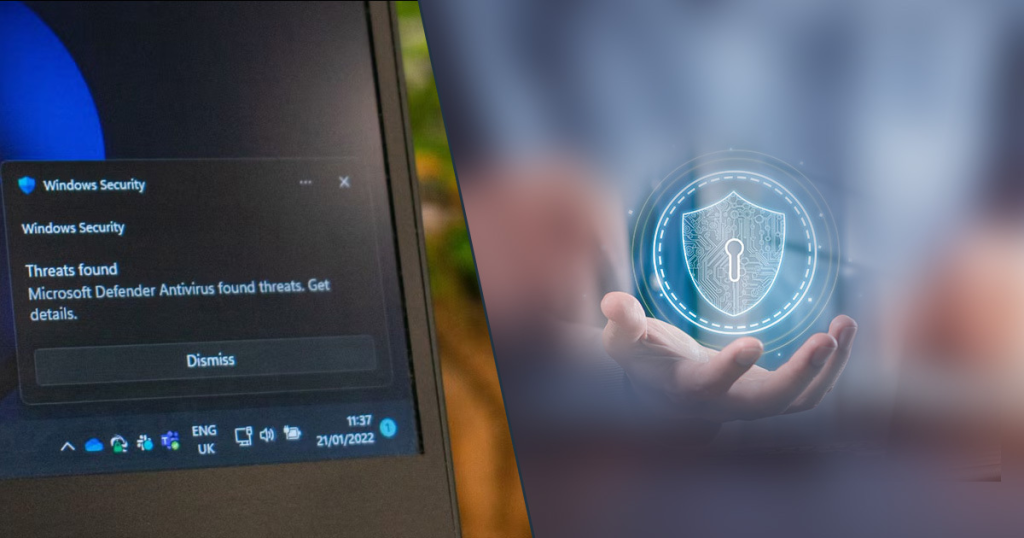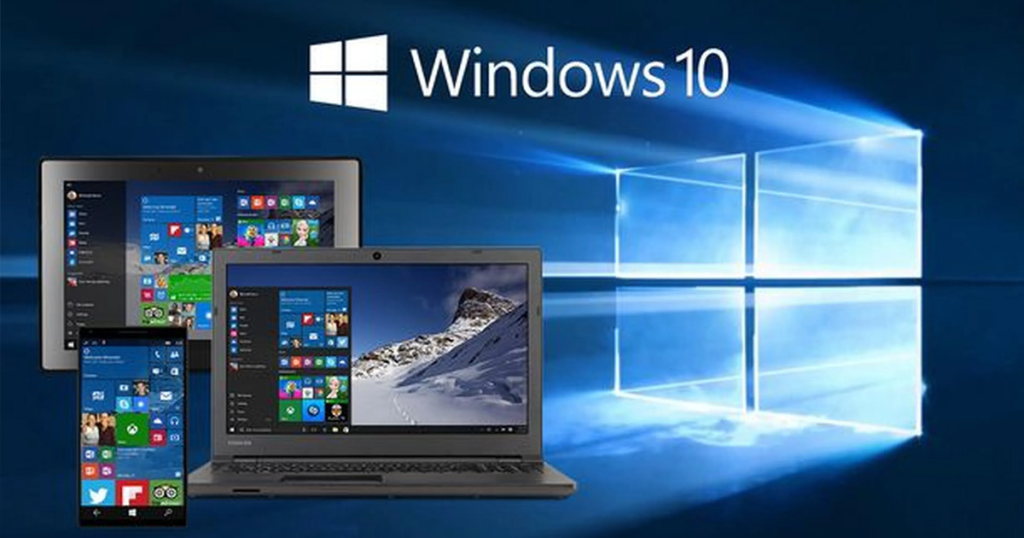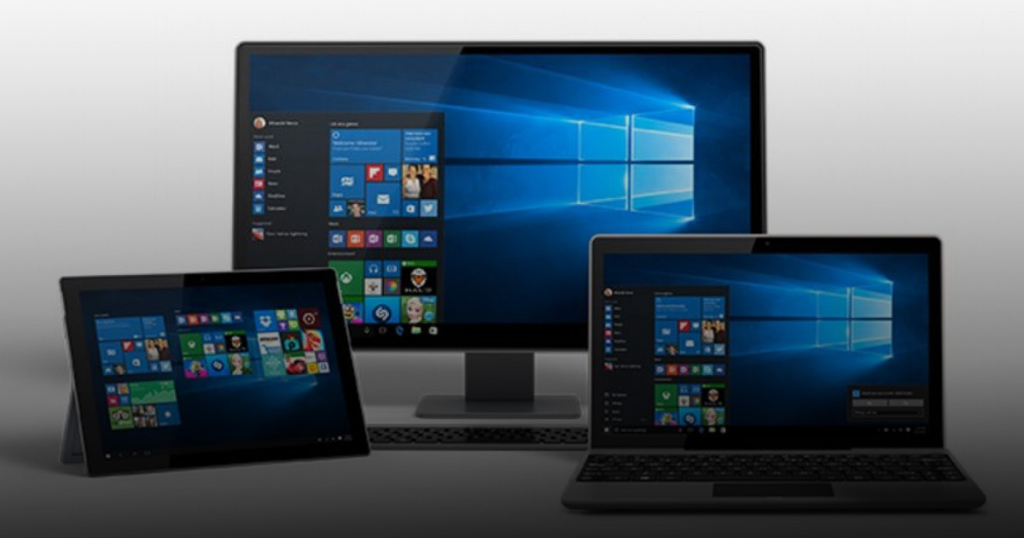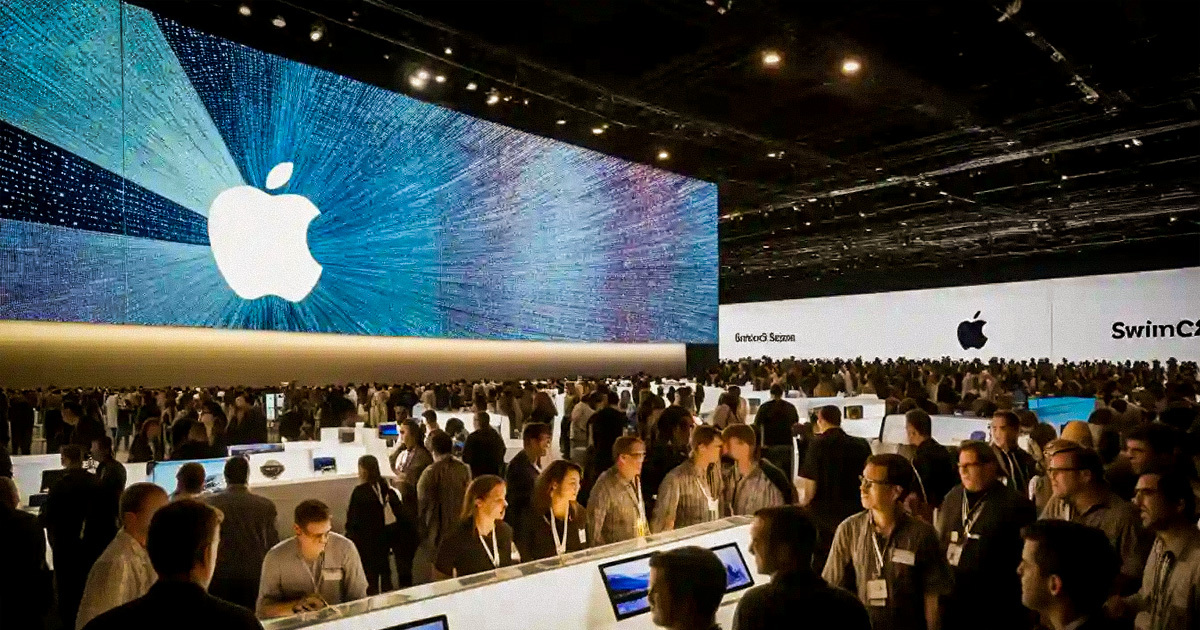
In This Article
- Security Vulnerability in Microsoft Windows
- The Efficient Measure to Handle the Cybersecurity Attack
- Millions of PCs at Risk After October 2025 as Windows 10 Support Ending
In early March 2025, Microsoft issued a critical security alert to its 800 million users. The reason behind this warning may be the new vulnerability discovered recently, which is dangerous for multiple Windows versions. According to the warning, the users have to upgrade from Windows 10 to Windows 11 because Windows 10 may not stand with the current risk. However, more than 60% of the users are still stuck with Windows 10D.
Different resources indicate that the new vulnerability may allow cyber criminals to reach the system’s weakness and take advantage. As a result, the user may face issues like data theft, unauthorized access to the system, or the spread of malware infection to the system to make it weak or even destroy it completely.
Security Vulnerability in Microsoft Windows
Tracked as CVE-2025-XXXXX, the new Windows vulnerability is harming multiple Windows versions, including Windows 10, Windows 11, and some Windows Server editions. On March 10, 2025, some cybersecurity firms declared a new threat to Microsoft under some responsible protocols for communication.

After the warning, on March 15, 2025, Microsoft discussed the matter. The official security advisory has published that the current vulnerability belongs to the zero-day exploit class, which means the hackers have already actively exploited it before the patch availability.
The official resource indicates that the issue resides on the Windows kernel and is utilized to get the remote code execution (RCE). As a result, once the attacker enters into the weak system, they can have full control over the system. The most prominent resources to exploit the weak system are malicious email attachments and clicking on compromised websites. Moreover, the attackers can also enter the system through direct network access. All the above steps are taken in cyber attacks, like data breaches, spreading ransomware infections, or generating unauthorized surveillance.
Since its indication, the vulnerability has affected multiple government institutions, some financial organizations, some major companies, and large enterprises. In the past two weeks, Microsoft has been working to tackle this problem but is unable to handle the situation. Therefore, it has been officially confirmed that no built-in Windows Defender can detect and fight the cybercrime issue. To mitigate this risk, the users have to perform some additional steps. The latest updates on Windows can deal with the issue, but the core reason and the powerful defense are not efficient yet.
The Efficient Measure to Handle the Cybersecurity Attack

The modern problems deal with the modern solutions. The latest innovations help us to be more secure and safe, particularly in handling cybersecurity attacks. The fastest and most efficient in this case is the use of artificial intelligence, which is faster and more automated compared to the traditional methods. The AI-powered security solutions are currently helping individual users and organizations to minimize the risk of cyberattacks and help them in real-time threat detection. AI helps the user create reports on behavioral analysis and automatic patch management. It can predict problems like unauthorized access to the system, unusual file modification, and harmful and suspicious login attempts.
The interesting fact about AI is that it learns from the continuing attacks and learns to prevent and predict future attacks. Similarly, AI integration in web solutions makes them more secure, smooth, and private, guaranteeing enhanced efficiency. Therefore, Weborik Hub is helping customers get safe and secure systems.
Millions of PCs at Risk After October 2025 as Windows 10 Support Ending
Microsoft has announced a month-long warning to 800 million Windows users to shift to Windows 11 if they have not done it yet. However, its latest security has failed to explain the critical details and the reasons behind this warning. This is creating a new topic of discussion about Microsoft’s performance and the system’s liability.

According to this warning, after October 2025, the official support for this problem will be ended, and all the devices using Windows 10 will be left with this vulnerability. No further work or patches will be presented by the company to deal with the cybersecurity attacks.
The company has issued a link to the FAQs related to the current situation, out of which one answer indicates that all free technical and security support will not be able to deal with the system’s maintenance if they are not upgraded to Windows 11.
Multiple other questions arise as a result, such as whether Microsoft is issuing the paid extended security update (ESU) program or any step like this. We suggest you take the system’s security responsibility and update your Windows if you are using any version below Windows 11.



